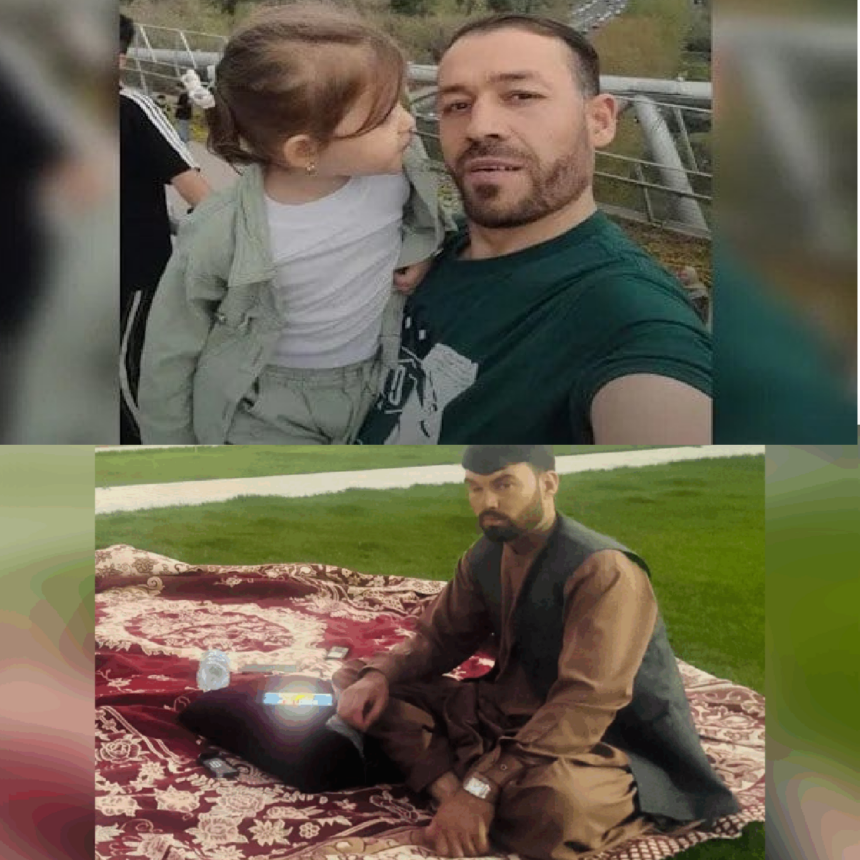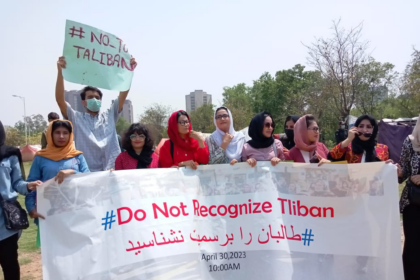RASC News Agency: The grim pattern of reprisals against former members of Afghanistan’s security forces has intensified. Local sources confirm that within the past two days, two ex-servicemen were assassinated in the provinces of Badakhshan and Herat, allegedly at the hands of Taliban-linked militants. These killings once again lay bare the hollowness of the Taliban’s so-called “general amnesty” and the climate of terror under their rule.
In Herat, the victim was identified as Gul Agha Jalali, a former officer of the Afghanistan’s National Army. On Sunday evening, September 21, Jalali was gunned down near the Grand Jamaat Mosque in the city’s Third District. Witnesses reported that two armed assailants on a motorcycle opened fire on him in cold blood a tactic long associated with Taliban death squads. Jalali had fled to Iran after the collapse of the republic but was deported back only two months ago. His killing highlights the peril faced by deportees who are returned to a homeland where the Taliban’s vengeance awaits.
In Badakhshan, another former soldier met the same fate. Though full details remain scarce, his family confirmed that he had lived under constant surveillance and threats since the Taliban’s takeover. According to relatives, Taliban commanders and their fighters harassed him repeatedly, making late-night calls filled with intimidation and warning that his past service made him a marked man. His murder underscores the systematic persecution of those who once stood against extremism.
When the Taliban seized Kabul in 2021, they loudly proclaimed a “general amnesty” for all former officials, soldiers, and police. Yet four years later, the evidence is overwhelming: this pledge was little more than a propaganda ploy designed to deceive both Afghanistanis and the international community. Reports by the United Nations Assistance Mission in Afghanistan (UNAMA) and independent human rights groups have documented case after case of extrajudicial executions, enforced disappearances, and arbitrary detentions carried out by Taliban operatives against former security personnel.
Despite this mountain of evidence, the Taliban continues to dismiss the accusations as “fabrications.” But the growing number of victims across provinces tells another story: a systematic campaign to eliminate the very people who once defended Afghanistan’s fragile democracy and stood against Taliban tyranny. These killings are not random acts of violence; they are part of a calculated purge meant to silence dissent, erase memory of resistance, and consolidate authoritarian control.
The fresh assassinations in Herat and Badakhshan have deepened fear among surviving ex-soldiers, many of whom remain in hiding, constantly moving to evade capture. For those forcibly returned from Iran and Pakistan, the danger is immediate return often translates into a death sentence. Families of victims say they feel trapped between persecution at home and hostility abroad, with no refuge left.
The international community faces a stark choice: continue to treat the Taliban as a de facto government while ignoring their campaign of vengeance, or confront the reality that this regime is built on deception, repression, and bloodshed. Without accountability, the Taliban’s “amnesty” will remain nothing more than a hollow word masking a ruthless policy of revenge.






